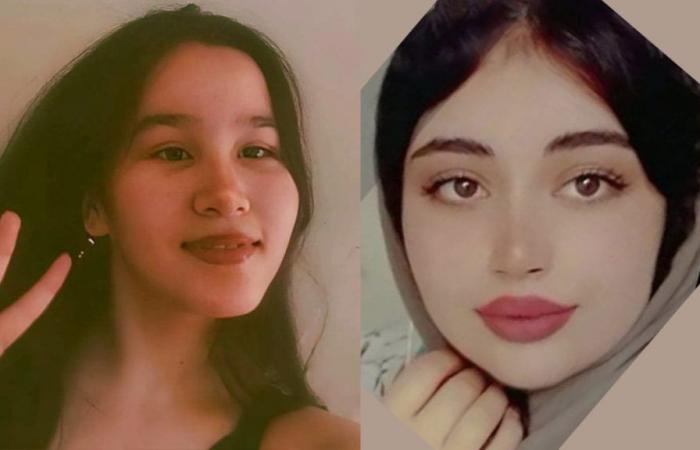Last week, Iran experienced a tragic crisis with the brutal murder of 4 women and the suicide of 2 teenage girls.
These incidents expose a worrying pattern of feminicides under Iran’s clerical regime. After more than four decades of a regime that began with compulsory hijab and systematically marginalized women through deeply discriminatory laws, the murder of women has tragically become commonplace. This deeply disturbing reality demands attention and intervention from the international community to end the ongoing violence against women in Iran.
The regime has refused to criminalize domestic violence, and its legal system often does not proportionately punish violent crimes against women. In the absence of social protection, women face rampant and normalized violence.
On November 2, 2024, in Maragheh, a city in northwest Iran, the body of a young woman was discovered in the trunk of a car. She was killed by her husband, who shot her with a pistol. The husband, aged 23, justified the murder by “family disputes”.
On November 3, in a district of Hormozgan province in southern Iran, a man killed his wife with a knife. The woman’s identity remains unknown, but “family disputes” were again cited as the motive.
On November 6, around 4 a.m. in Mashhad, a large city in the northeast, a man named Javad R. hit his 53-year-old wife in the head with a pickaxe, in front of their child. The woman, with serious head injuries, was taken to Razavi Hospital in Mashhad, where her chances of survival are extremely slim.
On November 8, there was a report of the killing of Farideh Mahakki, a 25-year-old woman from Rezabad village in Ramian County, Golestan Province. She was brutally murdered by her father, grandfather and uncle, who beat her and forced her to consume a deadly substance.
In a heartbreaking case involving a young Afghan girl in Iran, Arezou Khavari, 16, a student at Kowsar High School in Shahr-e Rey (south of Tehran), committed suicide on November 2.
After being threatened with expulsion by the principal and vice-principal of her school for not wearing the mandatory hijab, Arezou left the office, walked out of the school and jumped from the sixth floor of a neighboring building. Arezou’s father said: “We filed a complaint against the director. This wasn’t the first time they treated my daughter badly. Last year, they even tried to refuse her registration, under the pretext that she had ‘too many friends’ or that she had a few strands of hair. »
In another tragic incident, reported on November 9, 2024, Aynaz Karimi, a 12th grade student from Daris village in Kazeroun County (southern Iran), committed suicide by hanging after being threatened with expulsion by the principal of her school because she had painted nails and dyed hair. Aynaz’s funeral took place on October 31, 2024.
It is essential to clarify that the laws and attitudes of the clerical regime do not represent Iranian or Islamic culture.
The National Council of Resistance of Iran has called for an end to all forms of discrimination and coercion against women in Iran. NCRI’s 12-point plan pledges adherence to the Universal Declaration of Human Rights, the Convention on the Elimination of All Forms of Discrimination Against Women and the Declaration on the Elimination of violence against women adopted by the United Nations General Assembly in December 1993.







